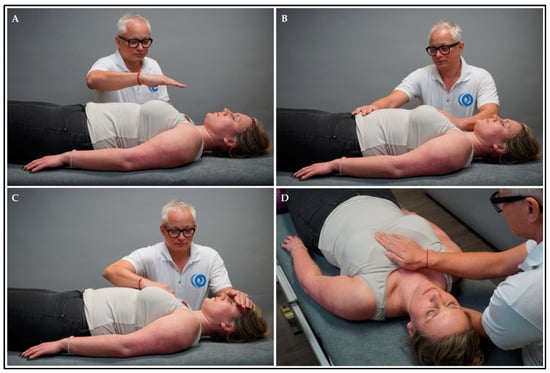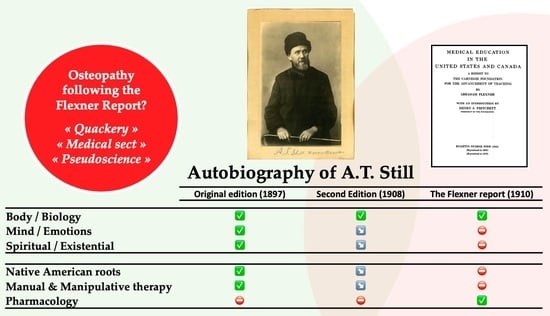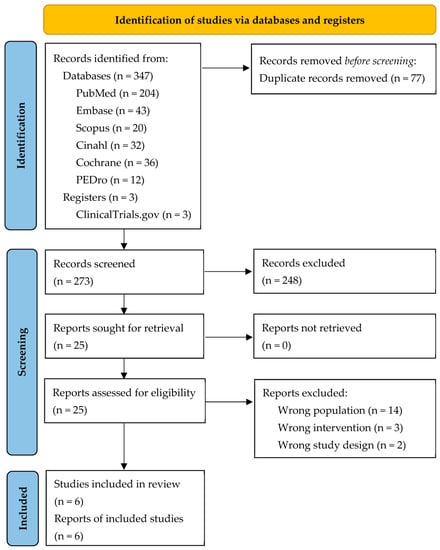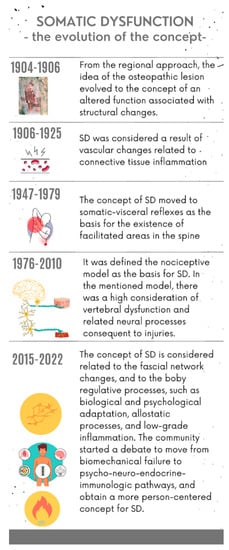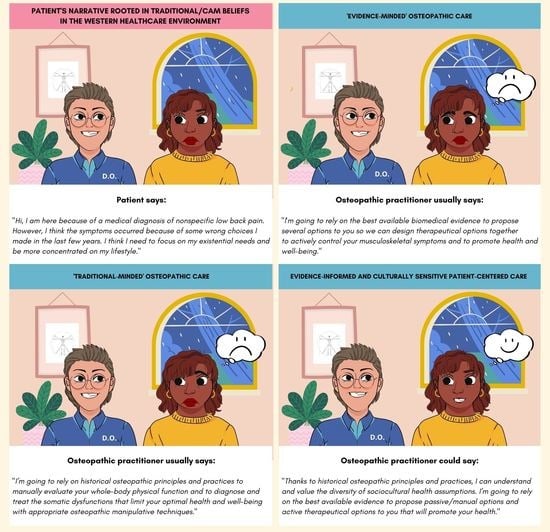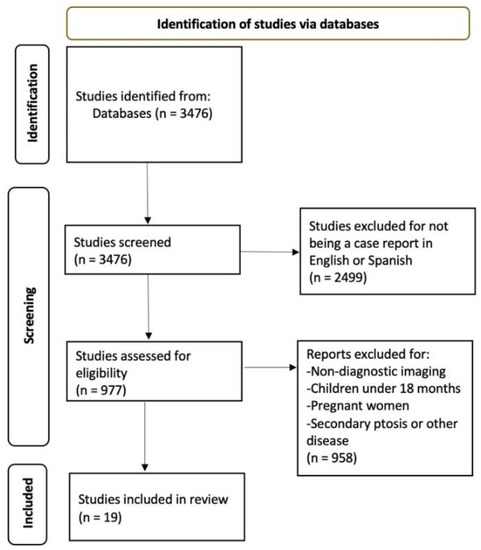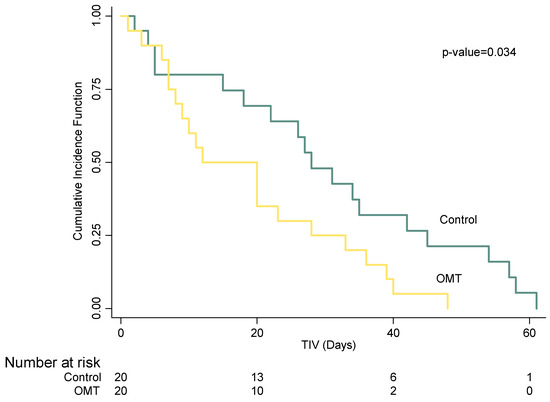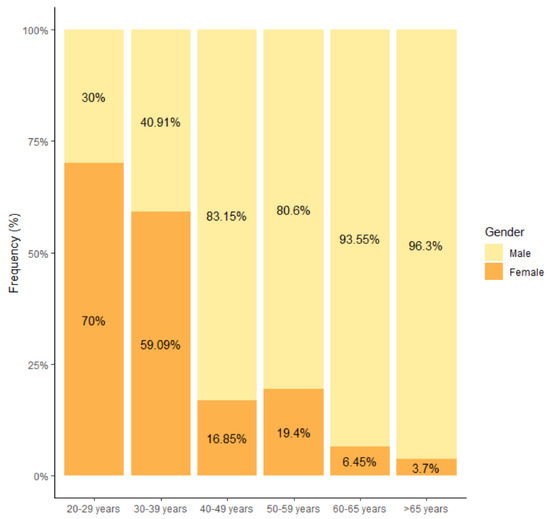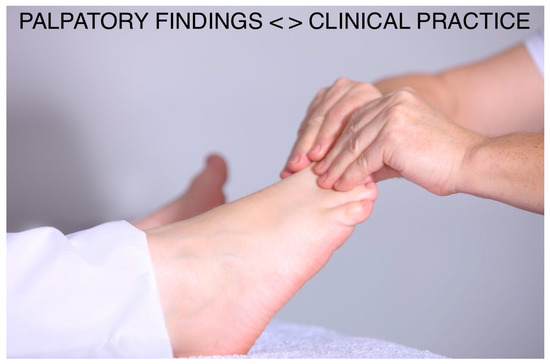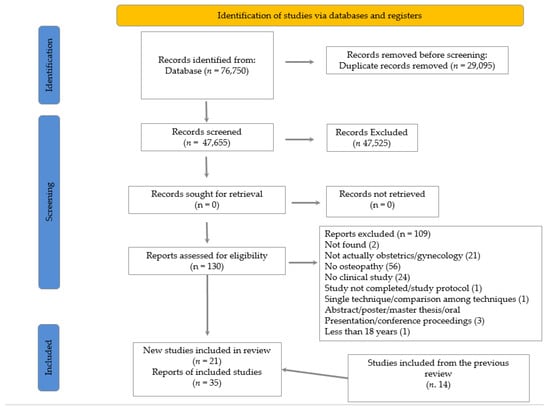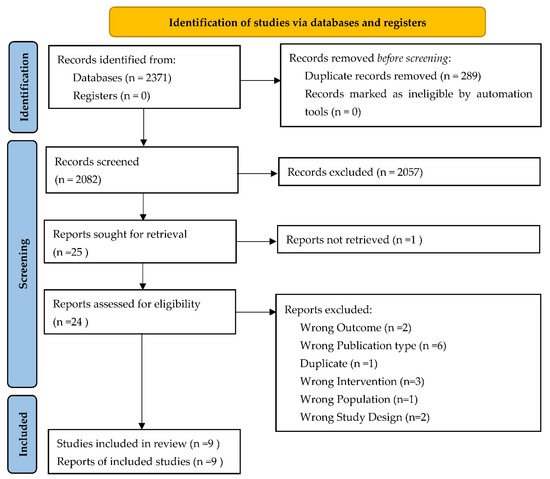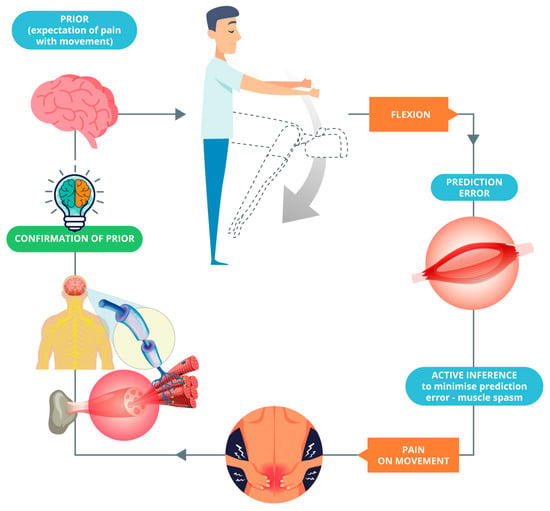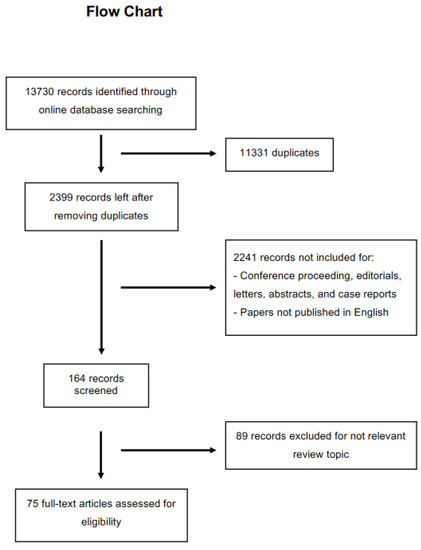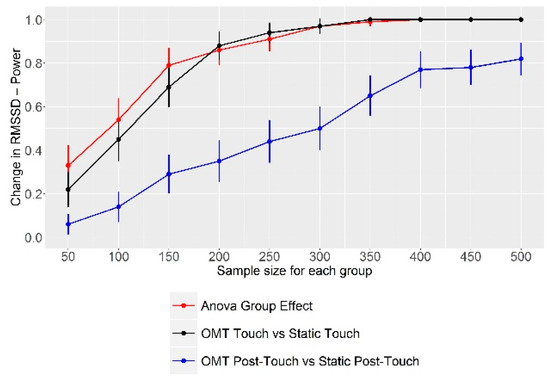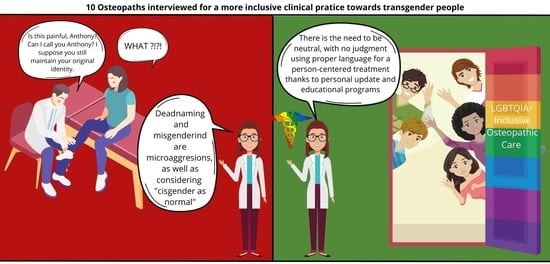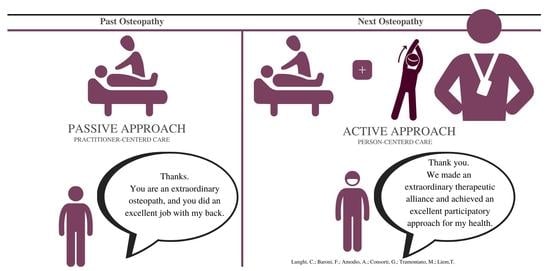Osteopathic and Manual Therapy Healthcare Reconceptualization: Health Needs and New Evidence
A topical collection in Healthcare (ISSN 2227-9032). This collection belongs to the section "Chronic Care".
Viewed by 69923Editor
Interests: vestibular rehabilitation; osteopathic manipulative treatment; neurorehabilitation, balance disorders
Special Issues, Collections and Topics in MDPI journals
Topical Collection Information
Dear Colleagues,
Over recent decades, osteopathy and manual therapies have seen significant progress in their scientific rationale and background. This process is happening in a parallel fashion in the whole healthcare community, where the idea of system medicine is opening new possibilities to interpret the healthcare system and its role. The scientific production has increasingly allowed clinicians to develop now evidence-informed approaches fostering the critical appraisal of each discipline’s philosophy. However, this process is still moving forward, and it is accordingly carrying forward the involved professions. Moreover, being able to interpret philosophical/theoretical concepts in the light of newly discovered scientific evidence is helping clinicians and researchers to reframe and develop new conceptual models of care.
At the moment, we can assist in a strong effort in the scientific community for a renovation of allegedly outdated and unsupported tenets. It is time to move a step further and start proposing new supported models to allow a continuous evolution of each profession from a theoretical, clinical, academic, and scientific perspective.
We want to foster the much-needed reconceptualization of osteopathic care and other manual therapies with this Special Issue. Nevertheless, on the other hand, we encourage authors to nourish the debate on this central topic and push towards strengthening a scientific community of practice where informed and supported discussions will represent the lifeblood of each profession.
Dr. Marco Tramontano
Guest Editor
Manuscript Submission Information
Manuscripts should be submitted online at www.mdpi.com by registering and logging in to this website. Once you are registered, click here to go to the submission form. Manuscripts can be submitted until the deadline. All submissions that pass pre-check are peer-reviewed. Accepted papers will be published continuously in the journal (as soon as accepted) and will be listed together on the collection website. Research articles, review articles as well as short communications are invited. For planned papers, a title and short abstract (about 100 words) can be sent to the Editorial Office for announcement on this website.
Submitted manuscripts should not have been published previously, nor be under consideration for publication elsewhere (except conference proceedings papers). All manuscripts are thoroughly refereed through a single-blind peer-review process. A guide for authors and other relevant information for submission of manuscripts is available on the Instructions for Authors page. Healthcare is an international peer-reviewed open access semimonthly journal published by MDPI.
Please visit the Instructions for Authors page before submitting a manuscript. The Article Processing Charge (APC) for publication in this open access journal is 2700 CHF (Swiss Francs). Submitted papers should be well formatted and use good English. Authors may use MDPI's English editing service prior to publication or during author revisions.
Keywords
- osteopathy
- osteopathic manipulative treatment (OMT)
- manual therapies
- new conceptual models of care






